I am writing a REST API to be consumed by our internal applications. I need to login and logout users of the identity server using code grant via http requests
I need to know how to call the following endpoints:
- /authorize (invoked from server-side)
- /accesstoken (invoked from server-side)
- /login
- /logout
CASE:
Our company has many applications. I want one point of authentication which will happen in their company-x account like how you only need to login to atlassian account to access jira and confluence cloud. The REST API I'm working is for our front-end developers (as of now).
I cannot simply let the user login to WSO2 IS since they only need a module where they can manage their company-x profile and other basic stuffs. By this I think I have 2 options:
- Customize WSO2 Identity Server UI and permissions. But the problem is, I still need an endpoint to get that id_token. I am also not sure if this is the right approach.
- Know how to call /authorize, /accesstoken, /login and /logout endpoint and write my own minimal required UI and provide an endpoint that will respond the
id_token

